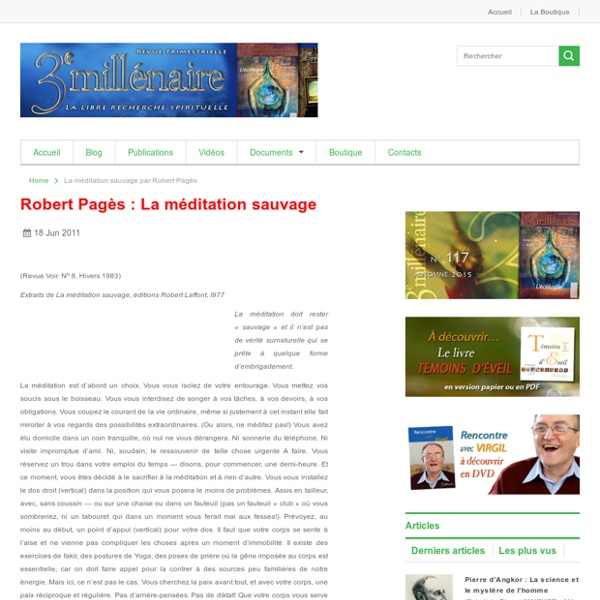Stanford Scientists Observe Man Travel Out of His Body and Into Space – What He Saw Was Remarkable
NASA’s Pioneer 10 spacecraft was launched into space in 1972. It was the the very first spacecraft to fly directly through the asteroid belt and make observations of the biggest planet in our solar system, Jupiter. It was also able to obtain closeup images of the planet, something that scientists had never had access to before. (1) Prior to the flyby of Jupiter by Pioneer 10, the CIA and NSA, in conjunction with Stanford University, were involved in what was called “Remote Viewing.” Remote viewing can be defined in multiple ways. A gentlemen by the name of Ingo Swann was able to successfully describe and view a ring around Jupiter, a ring that scientists had no idea existed. The successful viewing of the ring by Ingo came after scientists observed him identify physical objects in hidden envelopes that were placed a few hundred kilometers away. It’s remarkable to think about these extended human capacities, and what we are capable of. The Above Information Was Documented. Sources:
How to Meditate
Emerald Tablet
An imaginative 17th century depiction of the Emerald Tablet from the work of Heinrich Khunrath, 1606. The Emerald Tablet, also known as the Smaragdine Table, or Tabula Smaragdina, is a compact and cryptic piece of Hermetica reputed to contain the secret of the prima materia and its transmutation. It was highly regarded by European alchemists as the foundation of their art and its Hermetic tradition. The original source of the Emerald Tablet is unknown. Although Hermes Trismegistus is the author named in the text, its first known appearance is in a book written in Arabic between the sixth and eighth centuries. The text was first translated into Latin in the twelfth century. Textual history[edit] The tablet text[edit] Newton's translation[edit] A translation by Isaac Newton is found among his alchemical papers that are currently housed in King's College Library, Cambridge University.[8] Theatrum Chemicum translation[edit] Latin text[edit] Original edition of the Latin text. Influence[edit] C.G.
Heinrich Cornelius Agrippa
Life[edit] Agrippa was born in Cologne on 15 September 1486. In 1512, he taught at the University of Dole in the Free County of Burgundy, lecturing on Johann Reuchlin's De verbo mirifico; as a result, Agrippa was denounced, behind his back, as a "Judaizing heretic". Agrippa's vitriolic response many months later did not endear him to the University. In 1510, Agrippa studied briefly with Johannes Trithemius, and Agrippa sent him an early draft of his masterpiece, De occulta philosophia libri tres, a kind of summa of early modern occult thought. During his wandering life in Germany, France, and Italy, Agrippa worked as a theologian, physician, legal expert, and soldier. No evidence exists that Agrippa was seriously accused, much less persecuted, for his interest in or practice of magical or occult arts during his lifetime, apart from losing several positions. In the Third Book of Occult Philosophy, Agrippa concludes with:[2] Works[edit] Woodcut print portrait of Agrippa See also[edit]
Mantra
We highly value your personal information on AnastasiaDate.com, which is part of AnastasiaDate.com, and would like to bring your attention to the Privacy Policy below. You will find an explanation of what data we collect and how we protect your private details when you register and log into AnastasiaDate.com and use all related features and services on AnastasiaDate.com ("Services"). For purposes of this Privacy Policy, "AnastasiaDate.com" and "AnastasiaDate.com" refer to one and the same entity and may be used interchangeably. We only use the information generated by your visit for the purposes of internal tracking, to make improvements and changes to AnastasiaDate.com and all associated Services, to help navigation and usability, and respond to your requests for information. Except for where specifically noted, we do not use your personal information for any other purpose. Please read more about how your personal information is managed: I. What personal information we collect: Security
Essential Advice On Meditation by Sogyal Rinpoche
ESSENTIAL ADVICE ON MEDITATION excerpts from Teachings by Sogyal Rinpoche When you read books about meditation, or often when meditation is is presented by different groups, much of the emphasis falls on the techniques. In the West, people tend to be very interested in the "technology" of meditation. However, by far the most important feature of meditation is not technique, but the way of being, the spirit, which is callled the "posture", a posture which is not so much physical, but more to do with spirit or attitude. It is well to recognize that when you start on a meditation practice, you are entering a totally different dimension of reality. Normally in life we put a great deal of effort into achieving things, and there is a lot of struggle involved, whereas meditation is just the opposite, it is a break from how we normally operate. Meditation is simply a question of being, of melting, like a piece of butter left in the sun.



